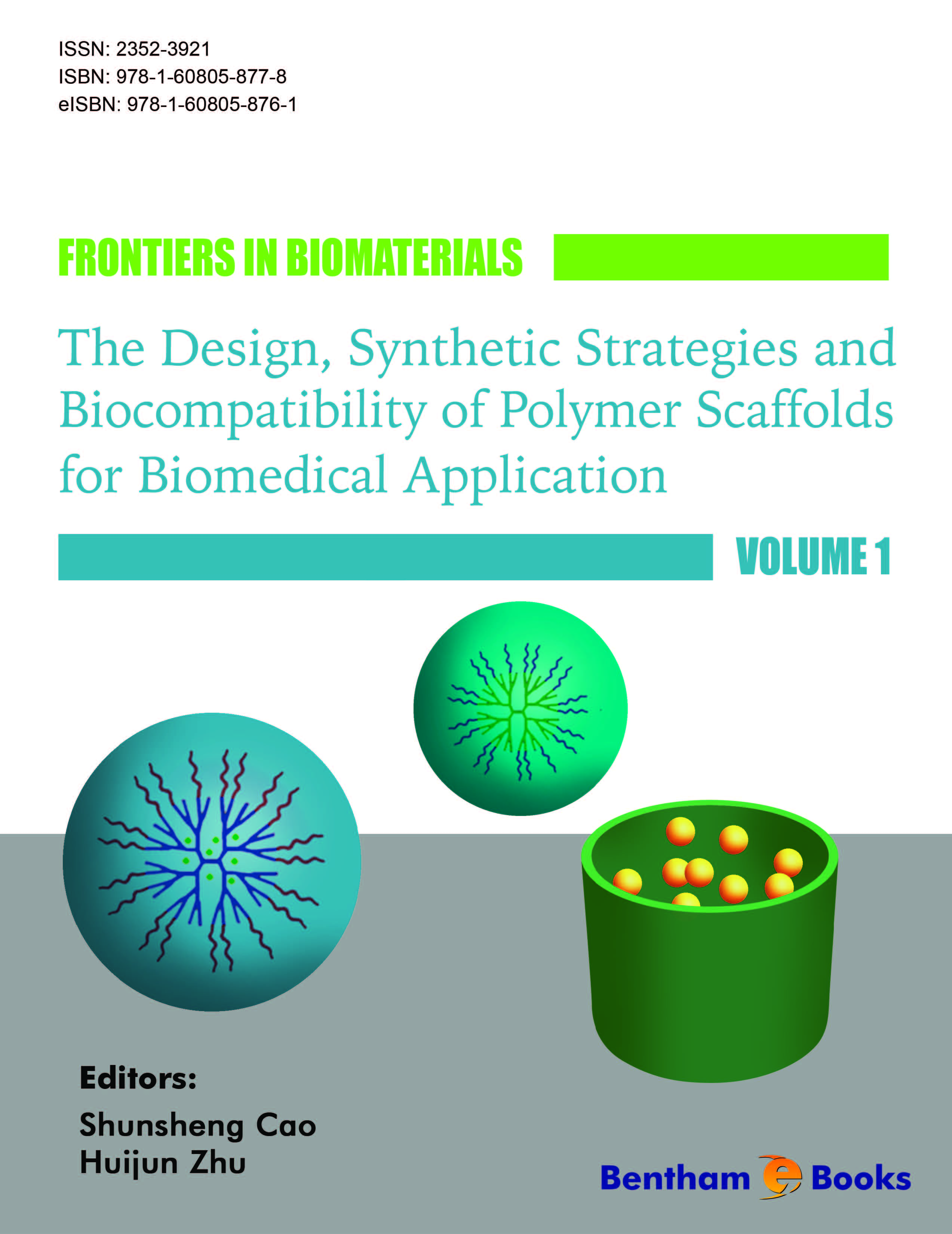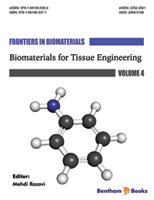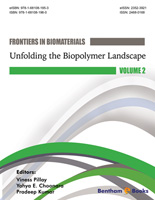The area of medical services and products currently contributes to in access of
10% of the gross domestic product for many countries in the world, and
implantable biomaterial related devices make up a significant growth area within
this sector of the economy. This will continue to represent a phenomenal financial
and social impact for any technology focused society over the next couple of
decades, as diseases of the aging continue to dominate healthcare and life
expectancy increases. Fueling this drive is the need for more efficient and cheaper
medical technologies since healthcare provision is reaching an unsustainable level
in most jurisdictions. US demand alone for implantable medical devices is
anticipated to increase by 8.3 percent annually into 2014, driving an excess of $33
billion US annually into the implantable medical device market alone. Gains will
be further driven over the next decade by the development of next generation
devices based on new innovative technologies and improved biomaterials. Spinal
implants, cardiac stents and orthobiologics will be among the fastest growing
product categories, with new biomaterials related to microelectronics, specialty
metals, polymers, and elastomers becoming transformational material areas to
enable targeted technologies for orthopedic, cardiac, neurological, ophthalmic,
breast, drug, urological, cochlear, and dermal applications.
Specifically, the implantable medical device industry is poised to be a significant
contributor to these dynamic changes. For example, it anticipated that the world
will see the quality of life improve for this aging society with implantable
monitoring systems, functional electrical stimulation, and well controlled targeted
drug delivery technologies, facilitated by nano-technologies. These approaches
provide the capacity to be pro-active in the maintenance of a healthy state rather
than only reactive and intervening when illness is at an end-stage. It is anticipated
that medical device technologies will become able to better manage biofilm
related infections which is still waiting for a technology disruption. The
tremendous advances in systems biology (i.e. omics technologies), tissue
engineering and more broadly regenerative medicine are being integrated within
biomedical engineering at a phenomenal pace and will make available
replacement tissue for diseased vascular, and both hard and soft tissue loss from
cancer surgery or other injuries. What was futuristic in 1995 with vascular graft
replacement is now anticipated by 2020. Replacement of coronary and peripheral
arteries and veins grown with the patient’s own cells are entirely conceivable.
There have already been regenerated skin products introduced to the market and
we are approaching reproducible technologies in the area of bone tissue
engineering products thanks to advances in biomaterials and our understanding of
molecular biology.
Given the impact that biomaterials will play in medical device development over
the coming decade, the timing of this new eBook "Frontiers in Biomaterials:
The Design, Synthetic Strategies and Biocompatibility of Polymer Scaffolds for
Biomedical Applicatlicion" is very relevant to the key topics of regenerative
medicine and tissue engineering, biodegradable polymers and their processing,
nanotechnology advances and related toxicity challenges, combination
drug/devices, surface heterogeneity and its chemical function distribution, and
biomimetic chemistry. The frontier knowledge on these topics is conveyed by an
experienced group of international scholars that describe the fundamental
underpinnings of these emerging areas and open the reader’s vision towards the
possibilities of the future. Chapters 1 and 2 by professors Xiaohua (expertise in
the areas of injectable scaffold materials and the manipulation of cell-tissue
matrix interactions through drug delivery strategies), and Banerjee (research
focused on molecular self-assembly and supra-molecular nanostructures applied
to tissue regeneration, drug delivery, tumor cell targeting, bio-imaging,
antibacterial materials, and enzyme catalysis) provide an excellent assessment of
the current frontiers in scaffold manufacturing for tissue engineering applications,
and describe the advances that are on-going with respect to the field’s
understanding of cellular and biomaterials interactions at the molecular and 3-
dimentional tissue construct levels.
The specific areas of tissue engineering applications for biomaterials in Dentistry
(Chapter 5 by Dr. Mozafari) and skin (Chapter 8 by Dr. Zhu), and the expansive
application of polyesters in the broader field of tissue engineering (Chapter 6 by
Dr. Dubruel) are all accentuated and elaborated on in the respective chapters, from
the authors’ proliferative experience in the areas of polymers and ceramics and
their applications with stem cells, and within the emerging sector of biosensors for
regenerative medicine and molecular recognition work. The materials processing
of biomaterials, into the form of elaborate and organized nanostructures, is
proving to be a valuable strategy for enhancing and manipulating the bioreactivity
of materials, and much research activity on this related topic is
progressing thanks to the en-roads being made with electro-spinning concepts.
The area of electro-spun polymers and related composites is covered in Chapter 7
(by Dr. Baiguera) and Chapter 9 (Dr. Hem Raj Pant) and provides readers with
informative and brilliant new perspectives on these nano-fibre constructs. Chapter 10
(Dr. Lino Ferreira, specializes in biomaterials and their influence on stem cell
differentiation for tissue engineering applications), Chapter 11 (Dr. Shunsheng
Cao, expertise focus is primarily on the design of functional biomaterials with
particular attention on silica-based materials), and Chapter 4 (Dr. Sharma, whose
work experience covers more than four decades of research in the area of
biomaterials and biocompatibility assessment) provide an expansive look at the
area of inorganic biomaterials and their contributions to emerging and innovative
fields ranging from the regeneration of bone to the assessment of nano-particle
toxicology, and from non-fouling surfaces to drug delivery carriers and antimicrobial materials. Chapter 3 (Dr. Pennisi, expertise is concentrated on novel materials for biosensor interfaces and their applications to tissue engineering) is particularly intriguing as it describes novel inorganic material development and
their expanding applications into the micro- and nano-electronics areas, a particular topic which is starting to garner much attention for its relevance in biosensor design. Here, the exciting possibilities for the area of implantable sensors will be facilitated in the future by both nano-biomaterials and their integration
with molecular biology. Accentuating the excitement in the area of the implantable electronic sensor field, is the fact that the world market for microelectronic implants in health care, accessories and supplies, was reported to be worth approximately US$15.4 billion in 2010. That market is projected to
grow to US$24.8 billion in 2016. According to BCC Research, an international market research group with activity in the medical devices and biomaterials sectors, the fastest-growing segments of the sensor market are ear implants with a projected compounded annual growth rate (CAGR) of 18.2%, neurostimulators
(10.5%) and implantable drug pumps (10.5%).
It is hoped that the readers will be motivated to embrace the exciting vision that the authors of the different chapters have shared with us in this eBook, as they
represent some of the most exciting frontiers in the biomaterials field and point to much future work that still needs to be led by innovative scientists and engineers
in the biomedical field.
J. Paul Santerre
Faculty of Dentistry
University of Toronto
Edward St, Room 464D
Toronto
Ontario, M5G 1G6
Canada
E-mail: paul.santerre@utoronto.ca





